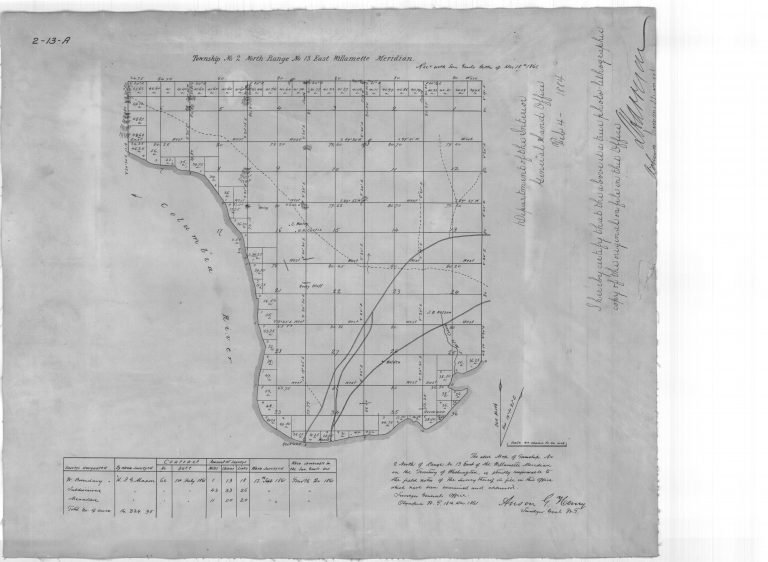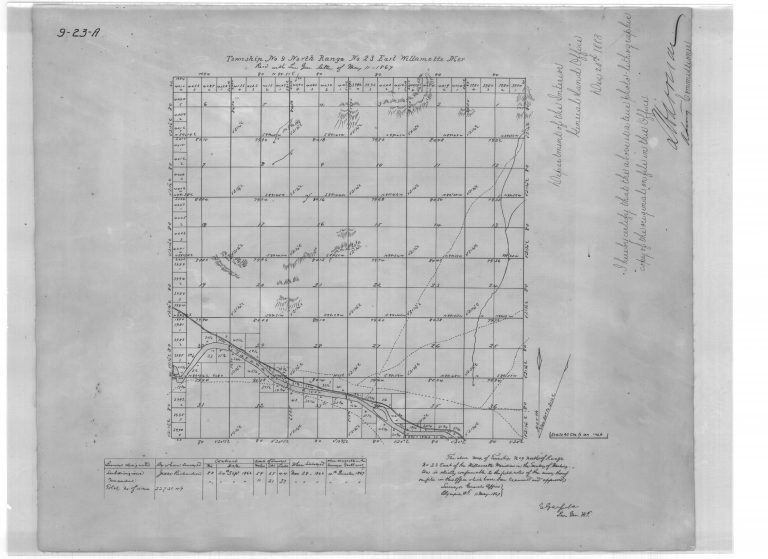Preliminary Review And PCRRs
These reviews are conducted using state databases, historical maps, and other public information that can help tell the story of the land use in that particular location or region. Their purpose is to identify historic properties, archaeological sites, and work previously done in the project area, which can identify known sensitivities on the project area. This research may also inform the potential for and types(s) of cultural resources that may be present, yet not yet identified in the project area. These are used in pre-purchase background parcel assessments and pre-consultation services for development.

The Process
Once the archaeologist has the project information, they will then conduct a database and historical map review to assess the potential of cultural resource presence and disturbance within the project. They will compile this information and write a report of the findings including recommendations for project process and required elements.
1.
GET INFORMATION
2.
CONDUCT REVIEW
3.
WRITE A REPORT OF RECOMMENDA-TIONS FOR PROJECT
Who Needs This?
Individuals and private development projects: Individuals and businesses considering land acquisition for development wishing to mitigate risk through due diligence: Projects seeking state or federal funding.

FAQ
Archaeological findings are cultural resources that are no longer in use and can be historic or prehistoric in nature. This could include Native American stone tools or the remains of an old logging camp. Both are considered archaeological resources that are no longer in use. An historical finding is an cultural resource that remains in use today, such as a building, a road, or other historic structure. These resources are recorded differently and are often subject to different levels of preservation. Depending on the type of archaeological or historic resource, specific mitigation factors may be recommended prior to or during construction.
The short answer is yes, it does make a difference! According to state and federal laws, it is illegal to knowingly disturb an archaeological site on private, local, state, or federal property. In order to conduct ground-disturbing work within a known archaeological site, the property owner or developer must find a cultural resource consultant who can apply for an Excavation and Alteration Permit. Securing this type of permit will allow for the project to move forward while helping manage the impacts to the cultural resources within the area. For a more in-depth discussion, see the Testing/Excavation/Recovery page of this website.
For Historic resources, the answer to this question is not entirely clear. Historic resources are often historic buildings and bridges that have been recorded. When recording these resources, the archaeologist or architectural historian will make a recommendation of eligibility for inclusion in the National Register of Historic Places (NRHP). If your project intersects with an NRHP-eligible property you can still do the project; however, the project may have “adverse effects” on that historic resource. If a proposed project will have an adverse effect on an eligible property or a NRHP property, this may require collaboration between the state or federal agency, the archaeologist, and the client to develop a mitigation strategy.
Having a PCRR completed prior to beginning a project ultimately saves time and money in the end. Having a clear picture of what resources may be in your Project Area will allow you to plan ahead and means that you will know what to expect! Instead of experiencing construction delays or potentially redesigning your project because you found cultural resources in your project after submitting your permit applications. A PCRR will allow you to go forward with a team of knowledgeable consultants who can help you navigate through the CRS process.


